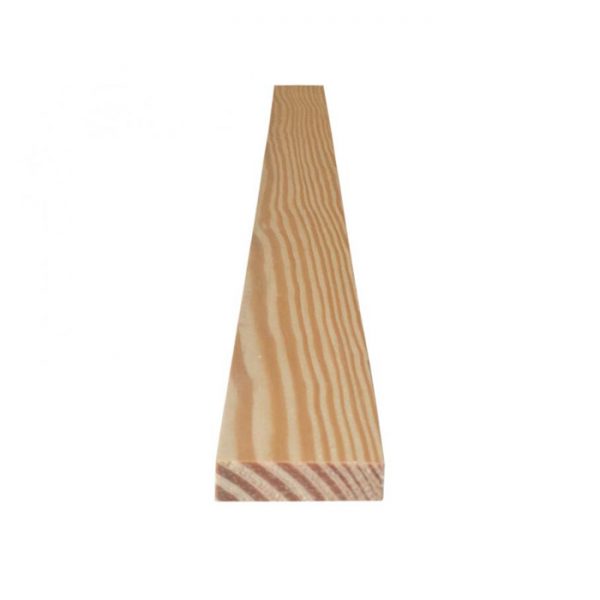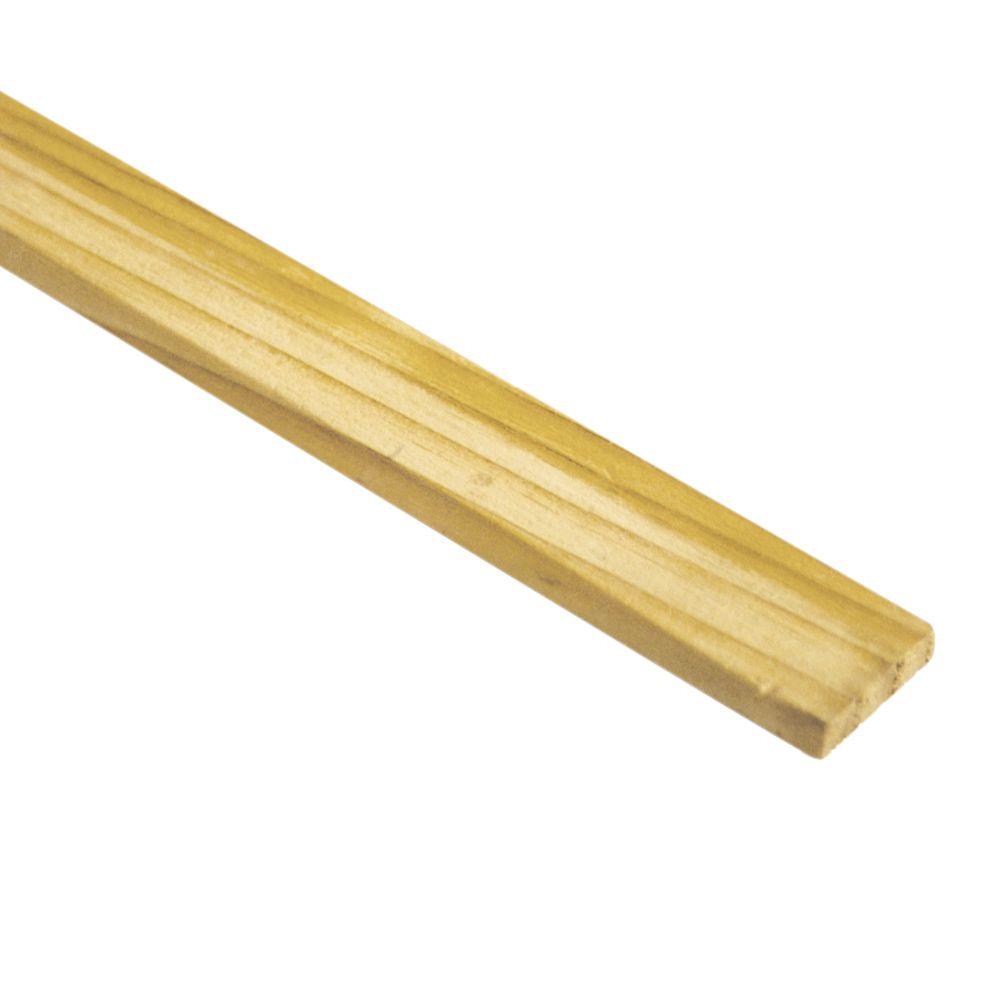

Any excess lattice material should be cut off, but leave an overhang of about an inch past the frame.įinally, use a router or a sander to smooth down the edges of the panel, create a curved edge, or add other design features if desired. Then attach the strips of lattice to the frame by overlapping each piece and securing it with nails into the frame. Next, use wood glue and nails to join the frame pieces together securely. If the frame has a curved design, you may need to cut angles into the strips to fit the design. Cut each strip with a table saw and make sure they fit into the frame. For the best results, make sure the strips are the same width and length.

Once the frame is cut, you will need to measure and cut the lattice strips. The boards should be cut with a slight angle so they will fit together tightly. When cutting the boards, use a miter saw to create a square frame if desired. To create a sturdy lattice panel, use a table saw, or jigsaw for curved designs, to cut 2-3 boards for the frame. Begin by measuring and cutting the pieces needed for the lattice work. Making a lattice panel requires several steps and tools.

If you are looking for a custom size or want to cover an area greater than 8-foot by 24-foot, you may need to buy several panels and trim them down. Some brands offer panels that are up to 8-foot by 24-foot and may require special orders. Lattice panels also come in 5-foot by 8-foot and 6-foot by 8-foot sizes for larger applications.

Standard sizes range from 2-foot by 8-foot panels to 4-foot by 8-foot panels, which are the most commonly used. Sheet of lattice typically come in 4-foot by 8-foot panels and are available in various sizes depending on the type and manufacturer. It is also often used to add an aesthetic element to walls and patios. It can also be used to build trellises or fences that can provide extra privacy from neighbors. Lattice boards can be used for a variety of purposes, such as partitioning off certain areas, for constructing fences, for protecting walls, or for making outdoor furniture. The gaps can be filled with other materials such as metal, glass, or fabric, depending on the desired look and function. It is made up of either thin strips of wood, or thin pieces of plastic, that are arranged in a parallel fashion with gaps between them. It is a type of board consisting of crossed-sectioned strips of wood that are arranged in a criss-cross pattern, forming a lattice. Lattice board is a geometric patterned board that is often used in woodworking and construction. It is also an economical material, as it is usually cheaper than plastic or metal lattice. Lightweight but strong, wooden lattice is an attractive resource for gardeners, whether used for trellising, fencing, or other outdoor purposes. Redwood and pressure treated wood are also commonly used for outdoor lattice, due to their natural durability. When using wood lattice, it is important to select wood that is naturally rot resistant, with chemical preservatives like ACQ or CCAs applied to protect the wood against decay and insect damage. Lattice is usually made out of wood, typically a softwood such as western red cedar, cypress, Douglas fir, spruce, or pine.


 0 kommentar(er)
0 kommentar(er)
